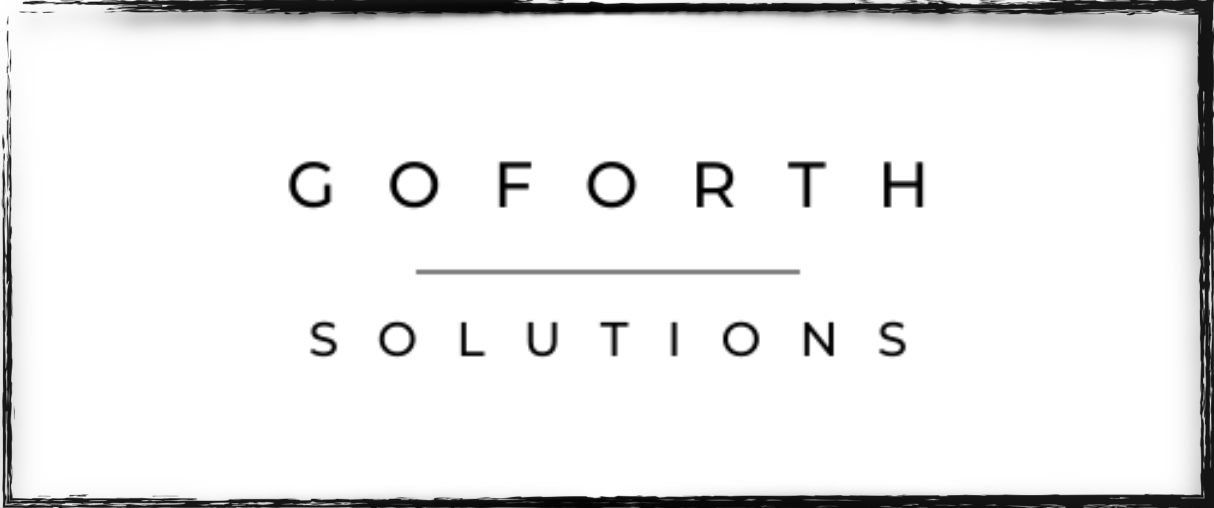Free short online courses to strengthen your skills and add a line to your resume. Most of these Poynter courses are one-hour in length or less.
Journalism Fundamentals: Craft & Values - A five-hour, self-directed course that covers basics in five areas: newsgathering, interviewing, ethics, law and diversity.
Telling Stories with Sound - Learn the fundamentals of audio reporting and editing in this self-directed course.
How to Spot Misinformation Online - Learn simple digital literacy skills to outsmart algorithms, detect falsehoods and make decisions based on factual information
Understanding Title IX - This course is designed to help journalists understand the applications of Title IX.
Clear, Strong Writing for Broadcast Journalism - One-hour video tutorial
Powerful Writing: Leverage Your Video and Sound
In this one-hour video tutorial, early-career journalists will learn how to seamlessly combine audio, video and copy in captivating news packages.
Writing for the Ear - In this five-part course, you’ll learn everything you need to write more effective audio narratives.
Fact-Check It: Digital Tools to Verify Everything Online
News Sense: The Building Blocks of News - What makes an idea or event a news story?
Cleaning Your Copy: Grammar, Style and More - Finding and fixing the most common style, grammar and punctuation errors.
Avoiding Plagiarism and Fabrication - For authors, editors, educators, journalists, journalism students, news producers and news consumers.
The Writer’s Workbench: 50 Tools You Can Use - Ethics of Journalism Build or refine your process for making ethical decisions.
Conducting Interviews that Matter
Make Design More Inclusive: Defeat Unconscious Bias in Visuals
Online Media Law: The Basics for Bloggers and Other Publishers - Three important areas of media law that specifically relate to gathering information and publishing online: defamation, privacy and copyright.
Freedom of Information and Your Right to Know - How to use the Freedom of Information Act, Public Records Laws and Open Meetings Laws to uphold your right to know the government’s actions.
Journalism and Trauma - How traumatic stress affects victims and how to interview trauma victims with compassion and respect.
How Any Journalist Can Earn Trust (International Edition) - What news audiences in various parts of the world don’t understand about how journalism works.
Is This Legit? Digital Media Literacy 101 - MediaWise’s Campus Correspondents explain the fact-checking tools and techniques that professionals use in their day-to-day work.
The On-Ramp to Media Literacy - Center for Media Literacy
How Any Journalist Can Earn Trust
Dignity and Precision in Language
How to Avoid Being Sued: Defamation Law in the 21st Century
Conducting Interviews That Matter
